Google's upcoming Pixel Watch 4 is bucking the trend of smartwatch price inflation, and that's exactly what the market needs right now. While competitors keep pushing premium pricing, leaked European pricing data suggests Google is holding the line at last year's prices. For anyone who's been eyeing a Pixel Watch upgrade but dreading the potential sticker shock, this news changes everything.
What you need to know:
The 41mm Pixel Watch 4 will likely stay at €399 for Wi-Fi, €499 for LTE in Europe
US pricing should mirror the Pixel Watch 3's $349 starting point
Global smartwatch shipments dropped 7% in 2024, making affordable options more crucial than ever
Here's the thing: this pricing strategy isn't just good news for your wallet. It's smart business that signals a fundamental shift in how tech companies are responding to consumer priorities.
Why steady pricing actually makes perfect sense right now
The smartwatch industry hit a reality check in 2024, and Google clearly absorbed the lesson. Global smartwatch shipments declined for the first time since 2014, with even Apple Watch sales dropping 19%. But here's where it gets interesting: while premium brands struggled, budget-focused companies like Xiaomi saw 135% growth by doubling down on value.
This isn't just about temporary market softness. It represents a permanent shift in consumer expectations. IDC data shows that average selling prices dropped 11% in Q1 2024, with "tier-2 brands narrowing the gap" against premium players. Translation: people want flagship features at accessible prices, and they're willing to skip brand prestige to get them.
Google's pricing decision positions them perfectly for this new landscape. By maintaining the $399 ceiling for the 45mm LTE model, they're betting that consistent value beats incremental price increases—a strategy that could capture market share while competitors chase unsustainable margins.
What you're actually getting for that steady price
Here's where Google's approach gets clever: they're delivering meaningful improvements without the typical cost inflation. Based on our testing of previous Pixel Watch generations, the battery upgrades alone justify staying at current pricing. The 41mm model jumps from 307mAh to 327mAh, while the 45mm version goes from 420mAh to 459mAh. That's roughly 7-9% more juice, which in real-world usage translates to getting through a full day without that afternoon battery anxiety.
The display improvements work hand-in-hand with the battery boost. Peak brightness jumps to 3,000 nits from the current 2,000 nits—putting outdoor visibility on par with premium phones. Combined with faster charging speeds, you're looking at a device that addresses the two biggest pain points from our Pixel Watch 3 testing: battery life and screen readability in bright conditions.
But the real engineering win is the new M55 co-processor that can "handle 5x the AI workload at a fraction of the power" while keeping the proven Snapdragon W5 Gen 1 chipset. This isn't corner-cutting. It's strategic efficiency. Google gets better AI performance for features like adaptive fitness coaching and smarter notifications without the cost and complexity of entirely new silicon.
How this stacks up against the competition
Let's break down what affordable actually means in 2025's smartwatch landscape. The competitive picture reveals why Google's pricing restraint is brilliant positioning. The Apple Watch SE starts at $249 but strips out advanced health monitoring and always-on display. Samsung's Galaxy Watch8 hits $350 for the base model, creating a direct price matchup.
But here's where ecosystem integration becomes the differentiator:
During our cross-platform testing, the Pixel Watch's advantage becomes clear in software longevity. Google's track record with Pixel devices suggests the Watch 4 will get years of Wear OS updates with feature additions, not just security patches. Samsung's Galaxy Watch ecosystem delivers excellent hardware but historically shows inconsistent long-term software support beyond two years.
For fitness enthusiasts, the Fitbit integration, acquired by Google in 2021, means you're accessing enterprise-grade health tracking that competitors charge premium subscriptions for. Features like new strength training modes and custom workout builders aren't afterthoughts. They're core platform advantages that justify the price point independent of hardware specs.
What this means for your buying decision
This pricing strategy creates clear upgrade paths for different user types. If you're currently using a basic fitness tracker or aging smartwatch from 2022 or earlier, the Pixel Watch 4's value proposition is straightforward—flagship features at mainstream pricing. Pre-orders start August 20 with shipping expected around August 28, giving you a short timeline to evaluate your current setup.
For existing Pixel Watch 3 users, the decision requires more nuance. Based on our hands-on experience with incremental smartwatch upgrades, the 7-9% battery improvement and brighter display represent quality-of-life enhancements rather than revolutionary changes. Unless you're consistently hitting battery limits or struggling with outdoor visibility, waiting another generation might be the smarter financial move.
Here's my take after covering multiple smartwatch generations: Google's pricing restraint signals something deeper than quarterly earnings management. It shows confidence in building long-term market position through consistent value delivery. In an industry where premium segments lack major innovation and consumers are increasingly price-conscious, holding pricing steady while delivering tangible improvements isn't just consumer-friendly. It's strategically brilliant.
The Pixel Watch 4 won't revolutionize your wrist, but it proves that great smartwatches don't need to break the bank. And in 2025's economic climate, that might be exactly the revolution the market needs.






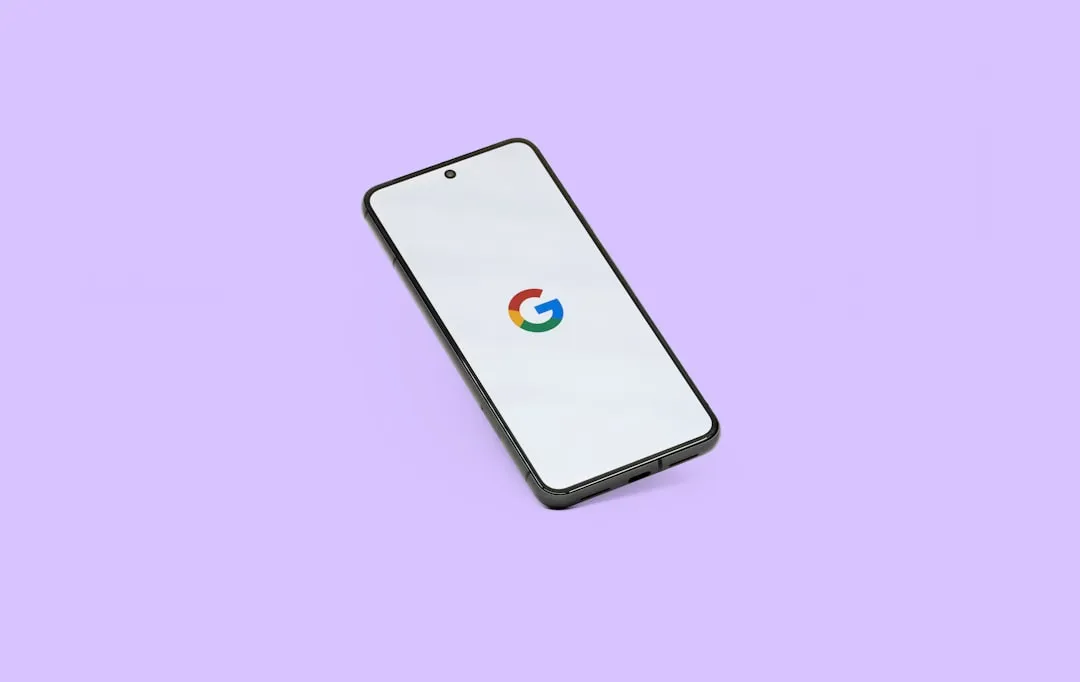

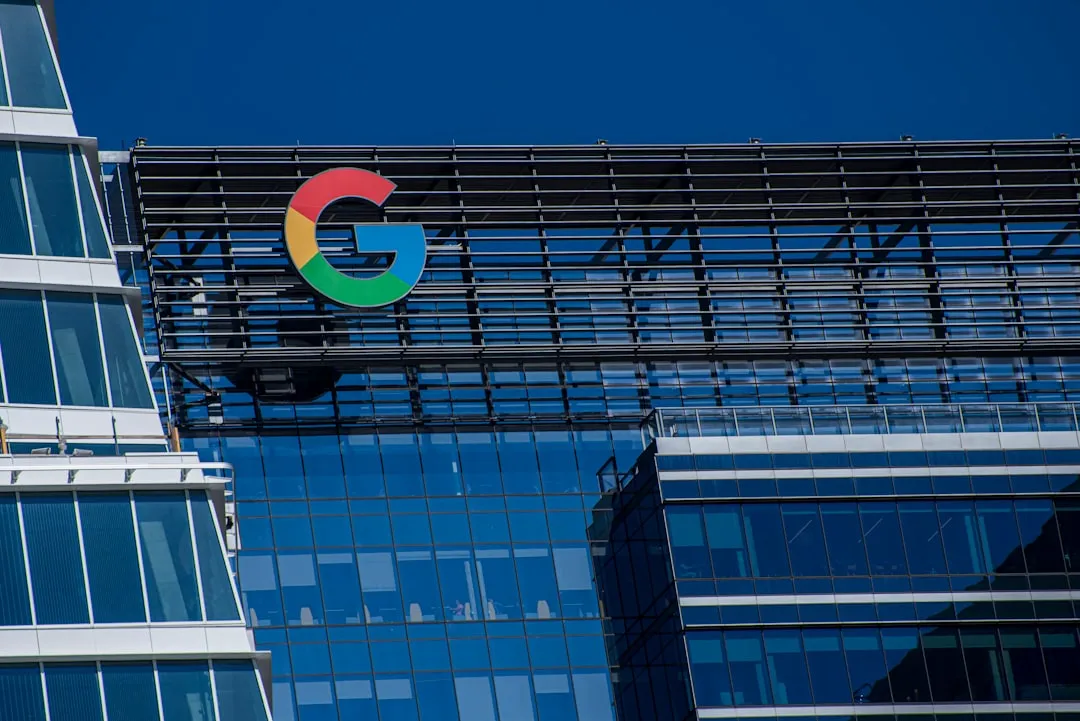
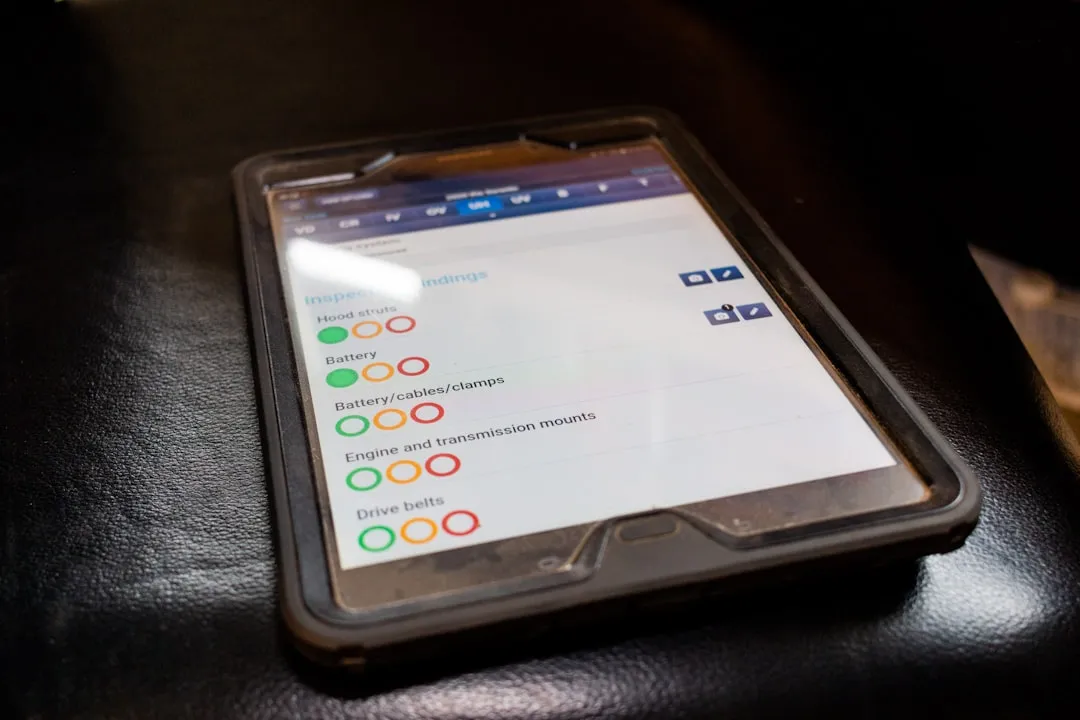







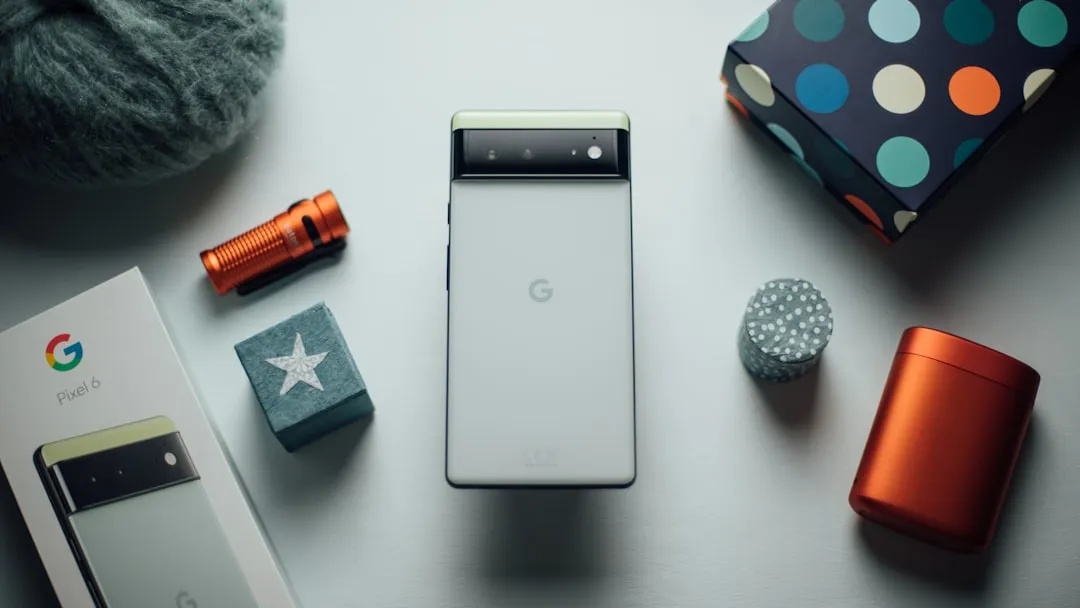

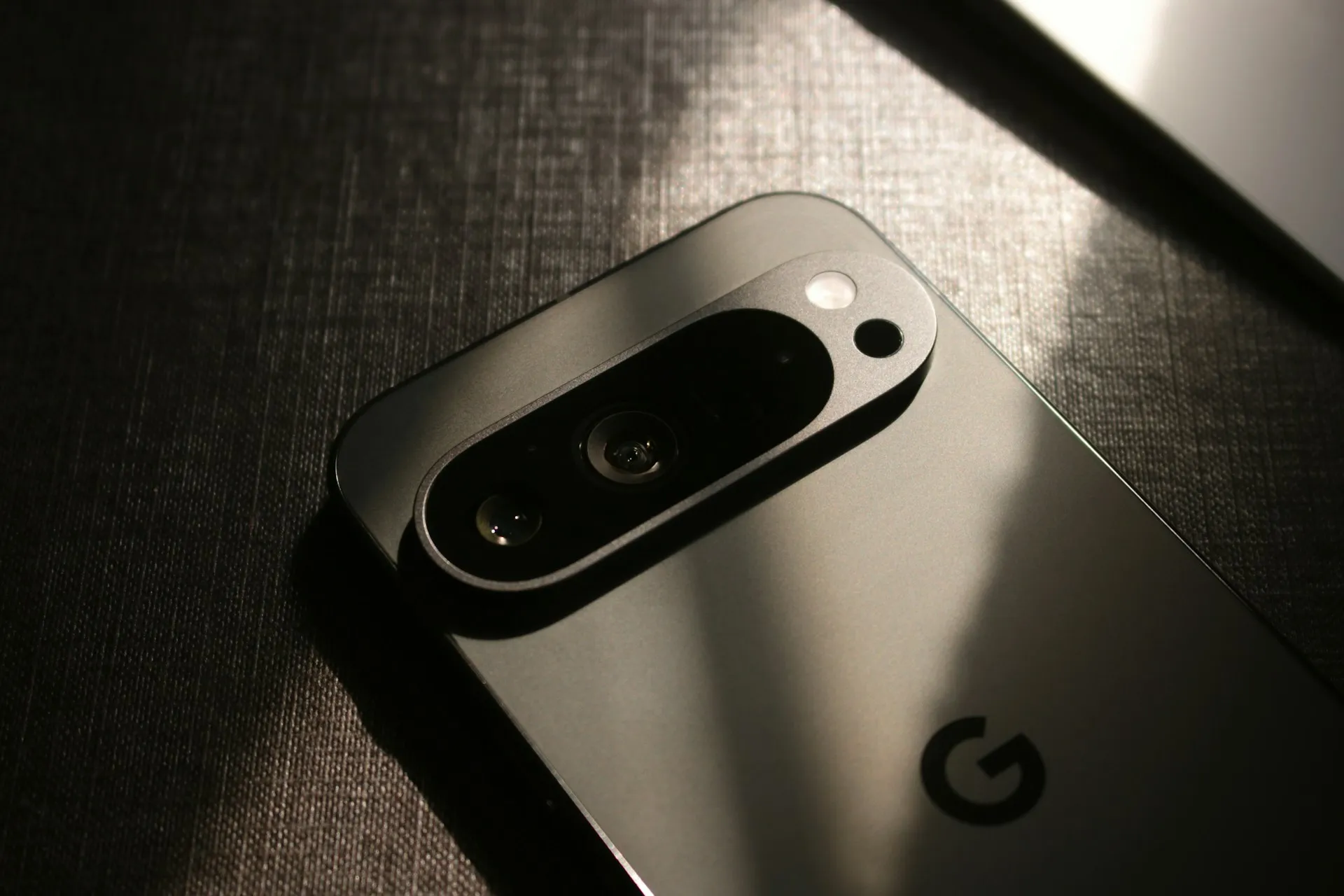
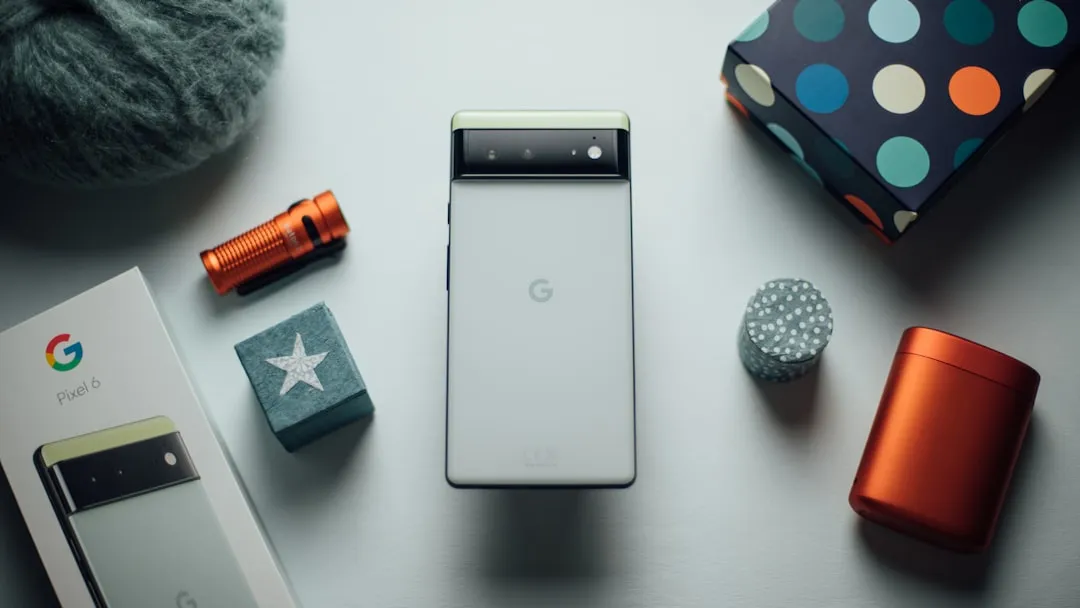
Comments
Be the first, drop a comment!